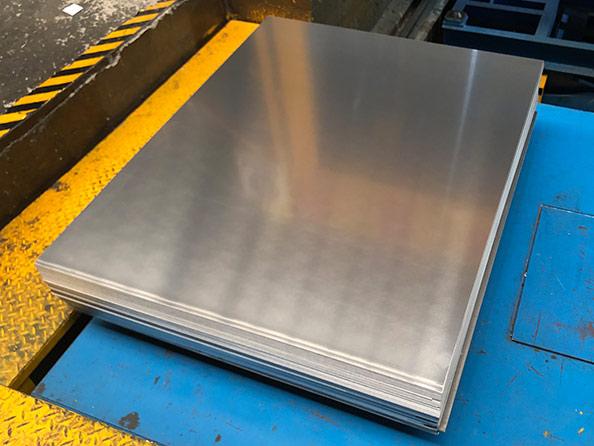Aluminum alloys are widely used in various industries due to their excellent properties such as lightweight, corrosion resistance, and high strength-to-weight ratio. Among the many aluminum alloy series available, the 5 series and 6 series are two prominent categories, each with its own distinct characteristics and applications. Let’s delve into the differences between these two series.

Alloy Composition
5 Series Aluminum Alloys: The 5 series aluminum alloys are primarily composed of aluminum, with magnesium as the main alloying element. They typically contain magnesium ranging from 2% to 6%, which enhances their strength and corrosion resistance. The most common alloy in this series is 5052.
6 Series Aluminum Alloys: In contrast, the 6 series aluminum alloys contain magnesium and silicon as the main alloying elements, with magnesium content typically ranging from 0.6% to 1.2% and silicon ranging from 0.2% to 0.6%. The most widely used alloy in this series is 6061.
Strength and Hardness
5 Series Aluminum Alloys: The addition of magnesium in the 5 series alloys provides them with good strength and hardness, making them suitable for structural applications requiring moderate strength and excellent corrosion resistance.
6 Series Aluminum Alloys: With magnesium and silicon as alloying elements, the 6 series alloys exhibit higher strength and hardness compared to the 5 series. They are heat-treatable alloys, allowing for further strengthening through precipitation hardening.
Weldability
5 Series Aluminum Alloys: The 5 series alloys, particularly those containing higher magnesium content, exhibit good weldability. They can be readily welded using various welding techniques, including gas metal arc welding (GMAW) and tungsten inert gas (TIG) welding.
6 Series Aluminum Alloys: Similarly, the 6 series alloys also demonstrate good weldability. However, certain precautions may be necessary during welding to prevent hot cracking, especially in thick sections or when welding heat-treated alloys.
Applications
5 Series Aluminum Alloys: The 5 series aluminum alloys find applications in various industries such as marine, automotive, architectural, and consumer goods. They are commonly used in structural components, sheet metal fabrication, and corrosion-resistant applications.
6 Series Aluminum Alloys: The 6 series aluminum alloys are widely employed in aerospace, automotive, bicycle, and structural applications where high strength, lightweight, and corrosion resistance are essential. They are commonly used in aircraft components, automotive parts, bicycle frames, and structural extrusions.

In summary, the main differences between the 5 series and 6 series aluminum alloys lie in their alloy composition, strength and hardness, weldability, and applications. While both series offer excellent properties, the choice between them depends on the specific requirements of the intended application, such as strength, corrosion resistance, and weldability.


